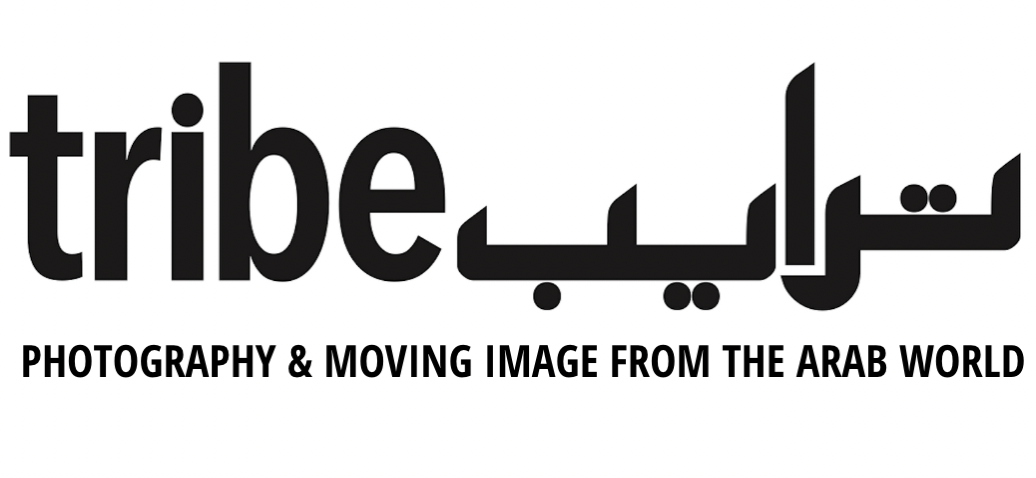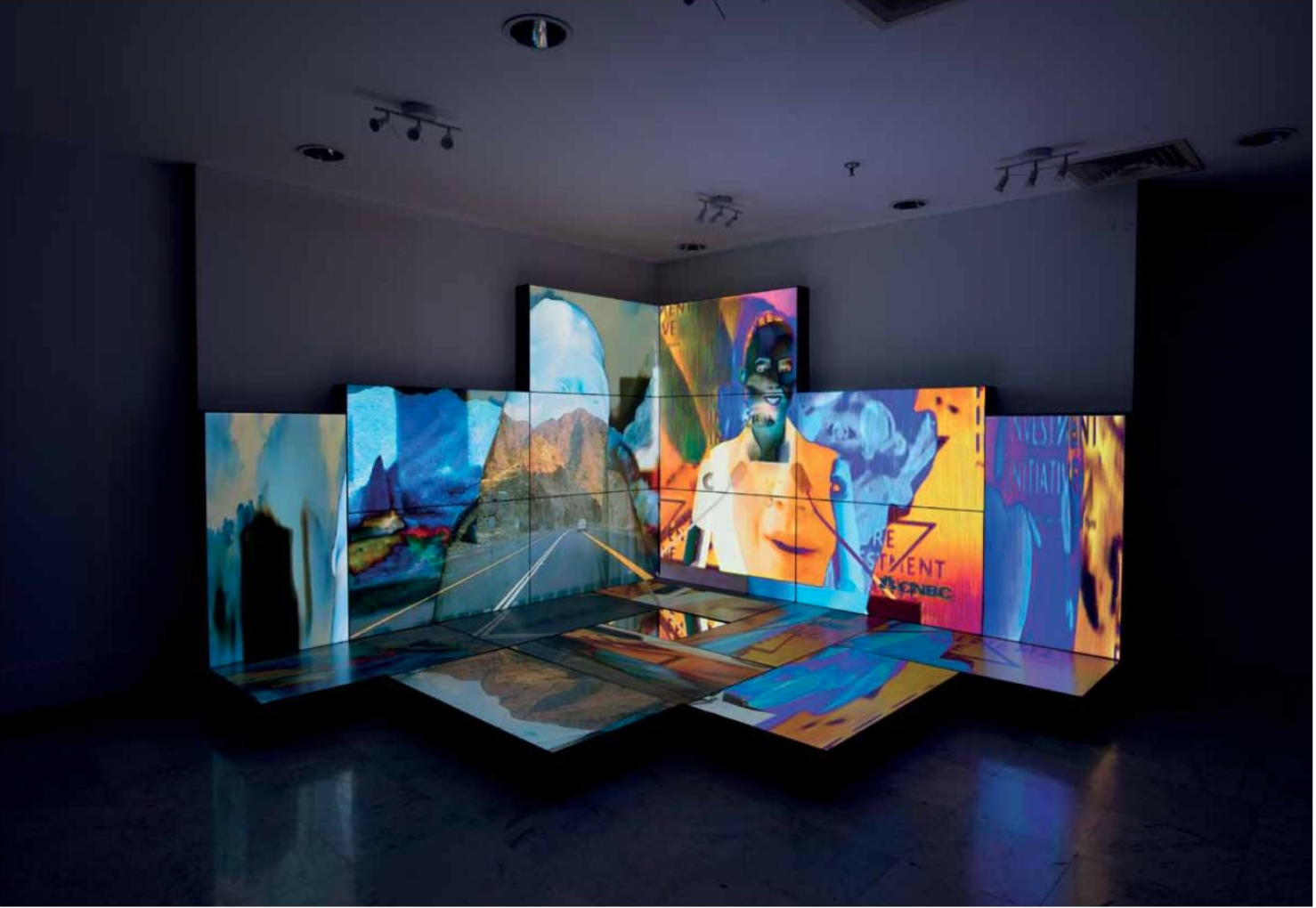Mohammed Al Faraj: Sofia, The Turtle and Death to TV, Long Live the Image
Mohammed Al Faraj, Sofia, Video installation view. Courtesy of the artist and Athr Gallery.
Courtesy of the artist and Athr Gallery.
This digital installation sets up a configuration of screens into a 3-dimensional box, onto which 3 distinct narratives are diffused. The work sets to blur the lines between factual footage and fiction in a bid to raise questions around our absorption of information through channels that we are exposed to on a daily basis. The use of visual material, audio, space, colour and light all contribute to the experimental dynamic of this body of work.
The 3 films are presented in a sort of factual gradient, from factually correct, to partly fictional and finally a cinematic montage of images interlaced with presumed narratives.
The first segment, titled Sofia, sets the scene of a contemporary TV program around recent news regarding a robot called Sofia who was granted Saudi citizenship. This footage is then juxtaposed with real life footage of a stateless people.
The second segment, titled The Turtle, looks back at 1980’s footage of a 100 year old turtle being released into open waters. The incredibly moving scene is later juxtaposed with the ruthless slaughter of an elderly turtle by Saudi men in a bit to eat it. The turtle moves across the screens, whimsically floating through space.
The third and final segment, titled Death to TV, long live the image, fills the whole installation’s screens in its entirety. It starts with a black screen with but the sound of a fire burning. The screen later elucidates a burning TV in a deserted location. A man stands before the camera, with a TV in place of his head, pointing a gun to it. As he sets off the gun, birds fly free. What follows is a sequence of disjointed footage which pans out until it stops before a mirror reflecting back the camera as it zooms into the lens.
This body of work pivots on notions of perspective, both literal and metaphorical, where the fragmentation of the image echoes a wider statement about the diffusion and reliability of news and information we have grown so reliant on.


